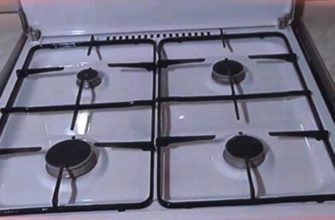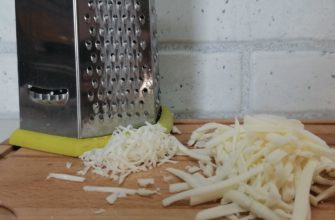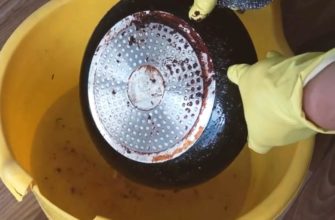In this guide, we’ll explore how to clean and clarify your leftover oil, ensuring it remains a valuable kitchen asset for several uses.
Unraveling the Mystery of Reusable Cooking Oil
Have you ever pondered the possibility of reusing cooking oil? Or found yourself with surplus oil after frying, uncertain of its fate? Pouring it down the drain or adding it to compost is ill-advised. The solution? Reuse it! Learn how to clarify the oil, making it suitable for multiple uses and minimizing waste.
Ingredients & Substitutions
For this method, opt for vegetable oil, preferably thick-cut bacon. Other oils like olive or avocado are not recommended for this process. Additionally, you’ll need a slurry comprising water and cornstarch to collect debris in the used oil.
Recipe Equation
The recipe starts with a base of 1 cup of oil, 1/4 cup water, and 1 tablespoon cornstarch. Adjust the quantities by measuring the oil in cups and multiplying the recipe accordingly. For example, if you have 5 cups of oil, use 1 1/4 cups water and 5 tablespoons cornstarch.
Unveiling the Role of Cornstarch
Wondering how this method works? The cornstarch slurry aids in collecting debris from the oil. As the slurry solidifies in the heated oil, pouring the mixture through a strainer leaves behind the solid cornstarch, resulting in clarified and ready-to-use cooking oil.
Considerations for Flavored Oil
Oil absorbs flavors from what you fry in it. Stick to similar items when reusing clarified oil, maintaining a consistent flavor profile. Even after clarification, avoid frying diverse items in the same oil, as flavors may mix.
How to Store Clarified Oil
Label and store clarified oil, noting the number of clarifications and the type of food fried. Properly stored, it can last up to a year. Options include room temperature in a sealed container, refrigeration, or freezing for an extended shelf life. When using frozen oil, allow it to reach room temperature before application.
How Long Will Clarified Oil Last?
While it’s suggested to reuse clarified oil up to three times, longevity depends on usage. If the oil develops a greasy odor, turns brown, or easily smokes, it’s time to discard it.
Simplest Method For Cleaning Used Oil
For a quick solution, strain the oil over a pot with a fine strainer, layered with cheesecloth or coffee filters. This method effectively removes large chunks and burnt bits.
Ingredients:
- 1 cup (240 ml) used cooking oil, cooled
- 1/4 cup (60 ml) water
- 1 tablespoon (15 g) cornstarch
Instructions:
- Place a fine-mesh strainer over a heat-safe bowl and set aside.
- In a small dish, whisk together water and cornstarch to create a slurry. Set aside.
- Pour your used cooking oil into a large pot.
- Pour the cornstarch slurry into the pot with the used cooking oil.
- Heat this mixture over low heat, stirring occasionally, for about 10-12 minutes until the cornstarch solidifies, collecting debris.
- Remove oil from heat and pour it into the fine mesh strainer. Discard the cornstarch mixture.
- Allow the oil to cool completely before storing. The oil will look cloudy initially but will settle as it cools.
- Refrigerate the clarified oil.
Notes:
To clarify more than 1 cup of oil, measure the oil in cups and multiply the recipe accordingly. For example, if you have 2 cups of oil, double the recipe.















